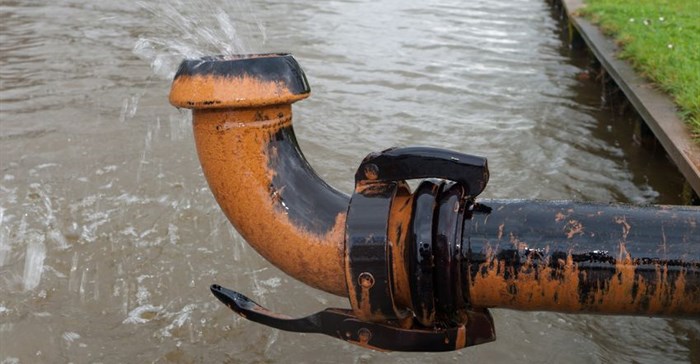United Nations Environment Programme's (UNEP) International Resource Panel (IRP) has cautioned that unless prudent natural resources management becomes an integral part of policy packages, the Sustainable Development Goals (SDGs) will not fulfil their fundamental purpose of ending extreme poverty by 2030 and addressing all aspects of sustainable development.
According to the IRP's new report, entitled 'Policy Coherence of the Sustainable Development Goals: A Natural Resource Perspective', sustainable prosperity for current and future generations requires the maintenance and restoration of ecosystem health.
The IRP also cautions that policies to achieve the goals must be designed and implemented in an integrated way to maximize the progress towards all the SDGs and, ultimately, towards the overall goal of ending extreme poverty.
With a projected world population of more than nine billion people in 2050 and rapid economic growth across developing and emerging economies, demand for natural resources, especially raw materials, is expected to continue to rise strongly. Against this background, increasing resource efficiency is an important factor in delivering environmental and climate protection, employment, social benefits and sustainable green growth.
Extraction of materials
IRP studies show that the annual global extraction of materials increased by a factor of eight during the 20th century and by 2009 we were extracting 68 billion tons of resources compared to around seven billion tonnes in 1900. Due to declining ore grades, depending on the material concerned, about three times as much material needs to be moved today for the same ore extraction as a century ago, with concomitant increases in land disruption, groundwater implications and energy use.
Pressure on biotic resources has also escalated. More than 20% of cultivated land, 30% of forests and 10% of grasslands are degrading at a rate that undermines the ability of critical ecosystems to replenish themselves. Up to 25% of the world's food production may be lost by 2050 due to climate change, land degradation, water scarcity and other issues - yet, we continue to waste one-third of the food we produce each year.
"The core challenge of achieving the SDGs will be to lift a further one billion people out of absolute poverty and address inequalities, while meeting the resource needs - in terms of energy, land, water, food and material supply - of an estimated eight billion people in 2030, " said Achim Steiner, UN under-secretary-general and UNEP executive director.
Fundamental shifts
"The fulfilment of the SDGs in word and spirit will require fundamental shifts in the manner with which humanity views the natural environment in relation to human development. For the SDGs to achieve maximum impact they must be implemented coherently, across all goals. There are major opportunities for synergies between goals, to ensure that progress towards one goal strengthens the fulfilment of others, and addresses resource constraints or conflicts which could limit progress towards others," he added.
All 17 of the proposed SDGs will imply competition for resources, while progress towards 12 of them is directly related to the sustainable use of resources, including land, food, water, energy, and materials. The IRP's report assesses the inter-linkages, synergies and trade-offs among natural resource-related SDGs that decision-makers must take into account in formulating policies for their implementation.
The report's modelling demonstrates that if the SDGs on energy, food security and climate change are addressed by sectoral polices, there will be potential trade-offs between food systems, biodiversity, climate mitigation, nutrient pollution and freshwater use.
As such, progress should be made on all SDGs together, as an integrated, coordinated package, understanding the different goals, their resource requirements, managing the synergies and mitigating the trade-offs. Further, if policies are combined with sustainable consumption and production measures and implemented within a system of environmental and social safeguards, achievement of the combined goals is more realistic.


























